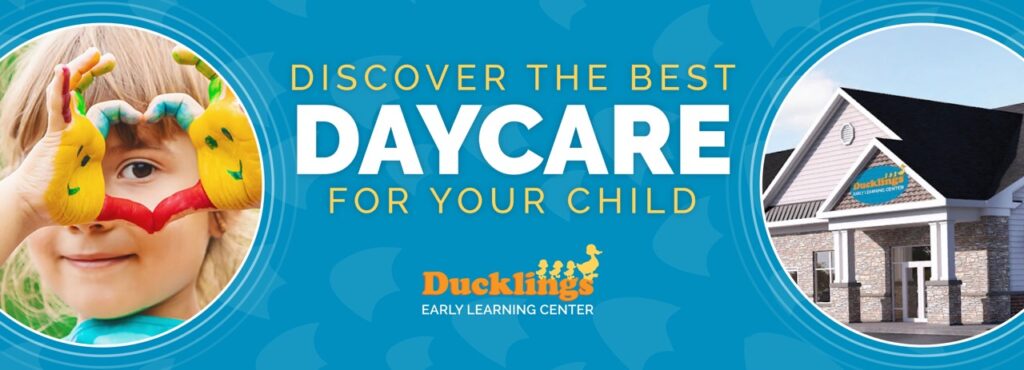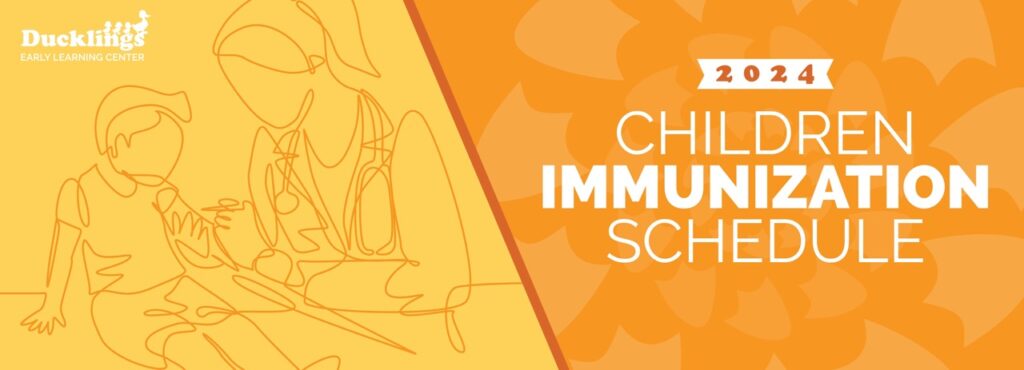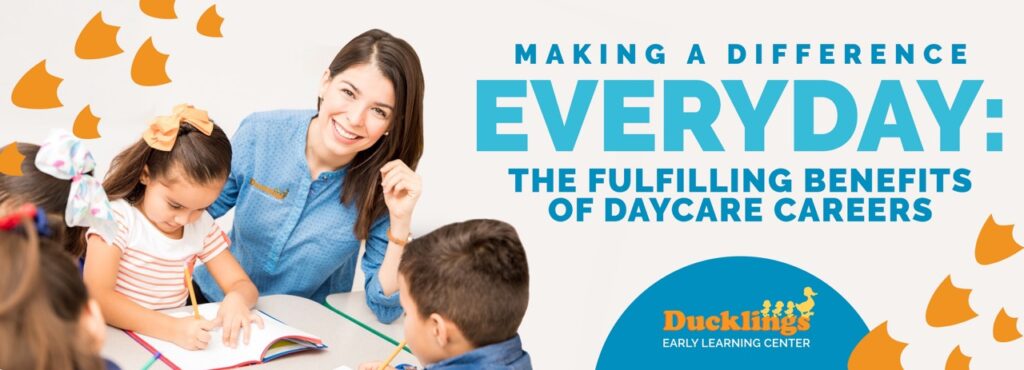Ducklings Early Learning Centers
Children’s Early Learning & Parenting Tips
Discover the Best Daycare for Your Child
Discover the Best Daycare for Your Child Choosing the Right Daycare for Your Child Choosing the right daycare center for your child is one of the most important decisions you’ll make as a parent. It’s not just about finding a safe place for your child to spend the day; it’s about selecting an environment where […]
2024 Children Immunization Schedule
2024 Children Immunization Schedule Ensuring the health and safety of children is a top priority, especially for those attending childcare. One of the most effective ways to protect our young ones from serious diseases is through on-time vaccination. Vaccines play a crucial role in developing a child’s immunity before they are exposed to potentially life-threatening […]
The Importance of Play in Early Childhood Development
The Importance of Play in Early Childhood Development At Ducklings Early Learning Center, we’re passionate about nurturing young minds and hearts through the power of play. Our educational philosophy is built around the holistic development of each child, recognizing that learning extends far beyond traditional academic subjects. We believe in teaching the whole child, integrating […]
The Fulfilling Benefits of Daycare Careers
The Fulfilling Benefits of Daycare Careers At Ducklings Early Learning Center, we’re not just a daycare but a nurturing environment where young minds and hearts flourish. Our approach to childcare and early education comes from a philosophy that values the joy of childhood, the importance of play, and the profound impact of early education. For […]
Winter Activities for Toddlers: Keeping Active Indoors and Outdoors
Winter Activities for Toddlers: Keeping Active Indoors and Outdoors At Ducklings Early Learning Center, we embrace winter as a magical time for growth, exploration, and learning. While the colder months might pose challenges in keeping toddlers active, they also offer unique opportunities to nurture their development in fun and engaging ways. Here’s an expanded list […]
10 Ways to Ease Family Holiday Stress
10 Ways to Ease Holiday Stress for Your Children At Ducklings Early Learning Center, we understand that the holiday season, while filled with joy and celebration, can also be a source of stress for families, especially those with young children in daycare or childcare. To help our families navigate this festive yet busy time, we’ve […]






